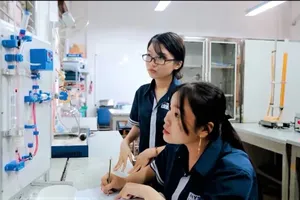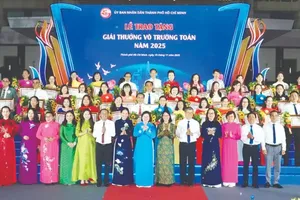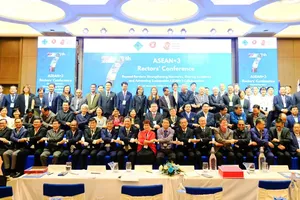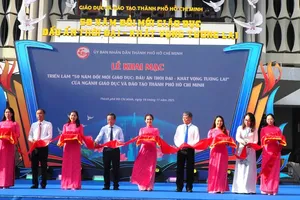
Circular No.27/2019/TT-BGDDT clearly states that there will be 10 categories of title of the country, name of degree, issuing date and location, name of the issuing educational institute, field of study, holder’s particulars (name, date of birth), graduation ranking (excellent, very good, good, etc.), name and title of issuing person, and degree registration number.
Particularly, the name of the degree only displays the educational level (bachelor, master, or doctorate). Therefore, the term ‘Degree of Engineer’ will no longer be used. This somehow creates confusion among senior students in many universities since they are used to several kinds of undergraduate degrees in Vietnam, including bachelor and engineer.
However, Associate Prof. Dr. Mai Van Trinh, Head of the Quality Control Department (under the Ministry of Education and Training) explained that the above worry is meaningless as there is no need for this differentiation in the name of the degree.
Instead, there is the introduction of the term ‘Degree of Equivalent Level’ to observe the Law No.34 (Amendments to the Law on Higher Education), which came into effect from July 1, 2019 to regulate names of Vietnamese degrees in the national framework of reference and educational type.
This new term will replace the old terms of degree of engineer, architect, doctor of medicine, pharmacist, dentist, doctor of traditional medicine, veterinarian.
Another significant point of Circular No.27 is that tertiary degrees will no longer display training modes, be it full-time, part-time, distance learning, or guided self-learning. This content will appear in the annex, along with other details like major of study, start date, educational language, training duration, degree details (number of credits in each module, grade of each module or subject, total credits, graduate grade, etc.), and educational level in accordance with the national framework.
Dr. Hoang Ngoc Vinh, member of the consultation team of the National Committee on Educational Reform from 2016-2021, said that this regulation strictly follows Law No.34. It is necessary that all universities immediately apply the national framework of educational level in their output development.
This means that these higher educational institutes need to launch practical solutions, including assessments examinations, professional inspections, and quality evaluations, to ensure training quality.
Representatives of several universities expressed their consensus, saying that this adjustment in degree display signals that Vietnam is now consistent with the world.
There is, however, a concern raised among educators when many part-time learners only register and pay a fee to pass exams to gain a degree. This exclusion of training mode, to some extent, show unfairness between full-time and part-time students when the former group has to be more serious in their training.
It seems that without a strict and transparent evaluation process, it is hard to persuade the public, especially recruiters, that the two above groups have the same educational level.
“It is challenging to launch an entrance exam for part-time learners as strict as the one for full-time students. Even at that time, the quantity of graduates will not be high”, said a principal of a university worriedly.
























